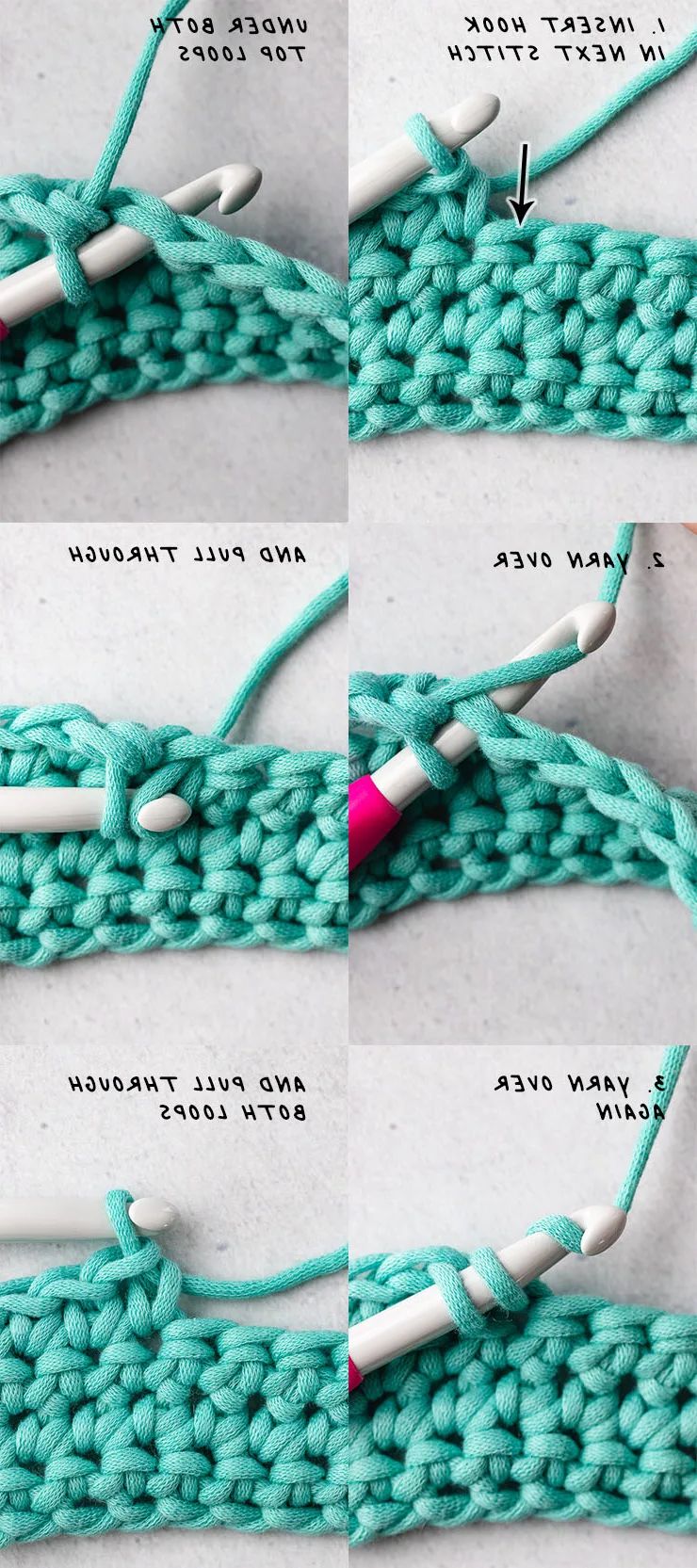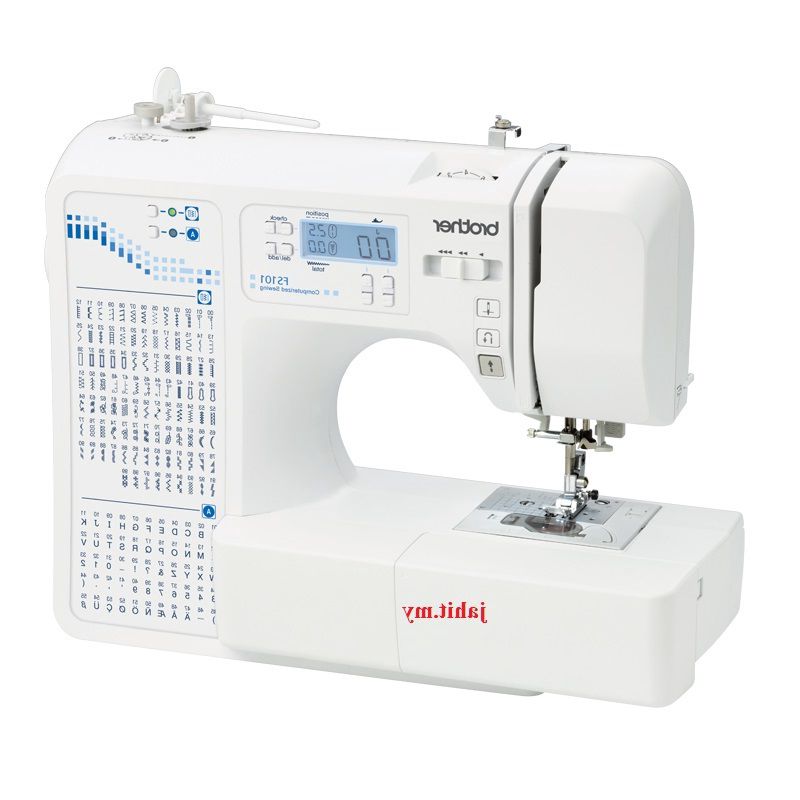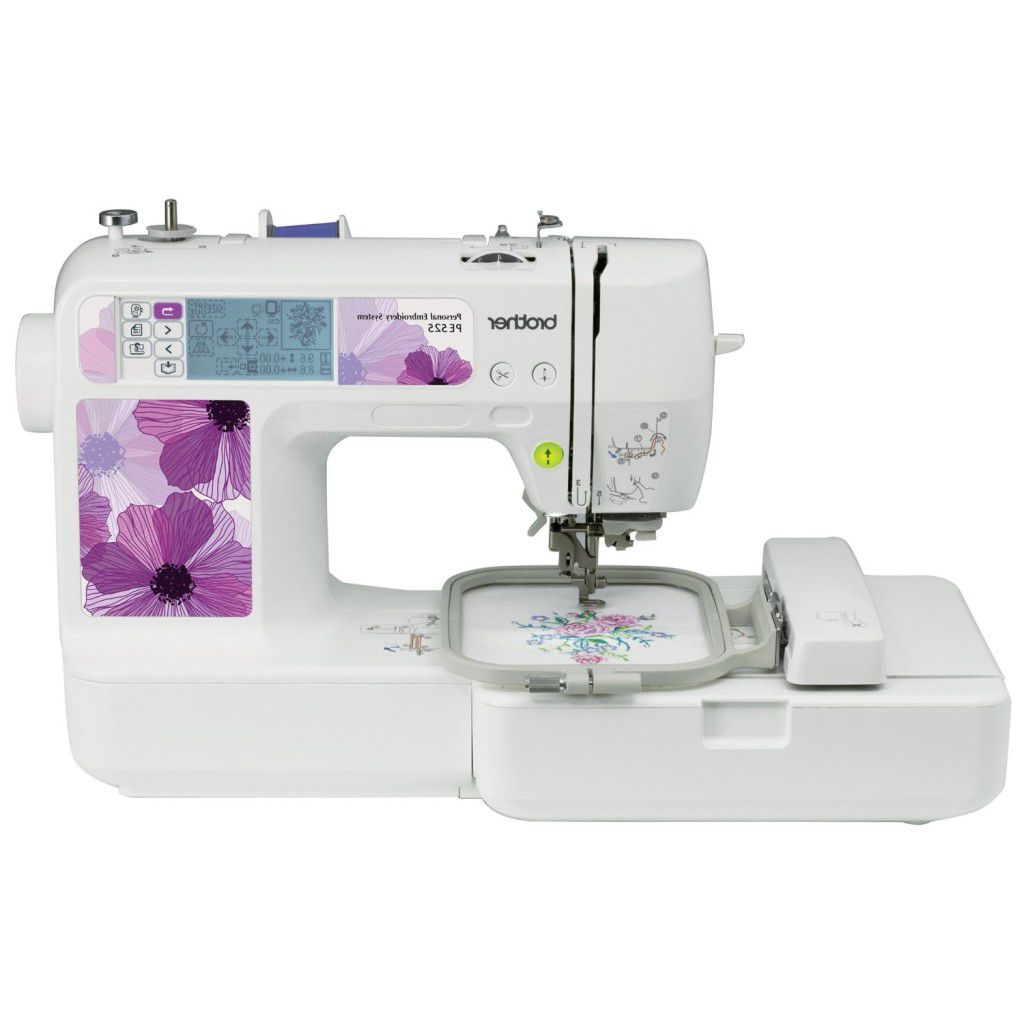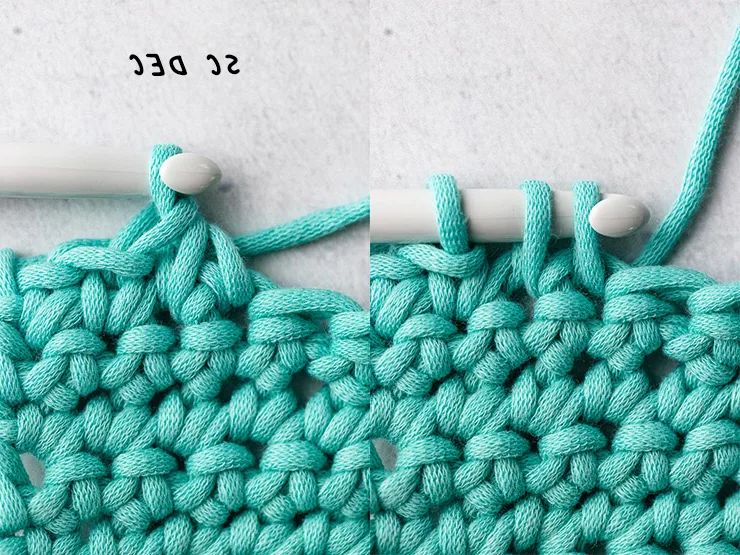Seni Jahit - Memahami Jahitan Satu Jaitan dalam Kerajinan Tangan dan DIY
How to Single Crochet (sc) for Beginners
Ready to learn how to work single crochet? This step-by-step tutorial will show you how to crochet the single crochet stitch (SC) and give you lots of tips for working with single crochet stitches in patterns.
The single crochet stitch, abbreviated SC, is one of the 6 basic crochet stitches. It’s a beginner-friendly stitch that’s easy to learn and fun to crochet.
In fact, since single crochet is so common, it’s often the first technique a crochet newbie learns!
Single crochet is so versatile, too. You can work single crochet in rows, joined rounds or spiral rounds, and in different parts of the stitch for ribbing stitches. Plus, you can use it to make edges, borders, and seams. Pretty handy, right?

FAQ and Troubleshooting
Here are some common problems that all beginners have when they first start crocheting:
- My crochet edges are uneven.
- My swatch is getting larger (or smaller)!
- I have too few (or too many) stitches.
Don’t worry, we’ve all made those mistakes. But luckily, I’ve got a few tips for you.
Your crochet rows may be uneven if you are inadvertently adding or subtracting stitches.
- The easiest way to solve this problem is to count your stitches as you work. Make sure you are getting the same number for each row.
- Remember that in single crochet, the turning chain does not count as a stitch.
In some cases, you may be starting and ending your rows in the wrong place. Here’s how to fix it:
- Use a couple different colors of stitch markers to mark the first and last stitch of each row. This should help you know where to stitch.
- Then, double-check that you are starting and ending your rows in the correct spot. For single crochet, make the first stitch of the row into the last stitch of the previous row. Then, you’ll make the last stitch of the row into the first stitch of the previous row.

Berbagai Jenis Jahitan Yang Digunakan Pada Pakaian
Jenis-Jenis Jahitan Pada Kemeja
Jenis Jahitan Pada Celana
Jenis Jenis Jahitan Pada Gaun
Jenis-Jenis Jahitan Pada Pakaian Dalam

Jenis Jenis Jahitan Berdasarkan Kelasnya
Setiap kategori mesin jahit menghasilkan jenis jahitan tertentu, tergantung pada jumlah jarum, pemotong dan benang yang digabungkan untuk membuat jahitan. Masing-masing konfigurasi ini dikenal sebagai stitch (jeratan) dan mereka diklasifikasikan menurut karakteristik utamanya.
Ada sekitar tujuh puluh (70) jenis jahitan yang dapat dilihat dalam praktek umum, tetapi di antara mereka ada 18 sampai 20 jenis jahitan yang digunakan dalam industri manufaktur garmen. Dalam tujuan menjahit hanya ada dua sampai tiga jenis jahitan yang digunakan.
Menurut ISO 4915-1981, jeratan (stitch) dapat diklasifikasikan menjadi 6 kelas sebagai berikut :
1. Kelas 100: Jahitan Rantai (Single Needle Chain Stitch)
Jenis jahitan ini sangat tidak aman karena setiap loop tergantung pada loop berikutnya dan satu benang yang putus dapat memisahkan seluruh jahitan. Bentuk tusuk ini termasuk tipe-101, 103, dll.
Jahitan ini terlihat mirip dengan lockstitch pada sisi muka dengan loop pada bagian belakang. Keuntungan tambahan dari loop ini adalah membuat jahitannya elastis dan dengan demikian dapat digunakan pada kain yang membutuhkan sedikit peregangan seperti pada pita leher belakang pada kaos.
Jenis jahitan ini sering tidak disukai untuk operasi seaming tetapi banyak digunakan dalam mesin multi-jarum, sebagai tusuk sementara dan tusuk buta.
Kelemahan Jahitan Rantai: Kekuatan jahitan sangat lemah. Jika kamu menarik salah satu ujung benang, maka seluruh jahitan akan terbuka.
2. Kelas 200: Jahitan Tangan (Hand Stitch)

What To Do When You Don’t Know The Type Of Stitch To Use For Garment Construction
Identifying stitches can be challenging, especially if you’re new to the fashion industry or working with unfamiliar techniques.
The secret trick when you don’t know the type of stitch? Look at similar garments in the market! (a good excuse to go window shopping! )
To become proficient at identifying different types of stitches, practice makes perfect. Spend time examining different garments – both inside out and right side up – until you’re familiar with how each kind looks and feels.
You can also find inspiration from credible sources like books and online blogs where fashion designers share their work and techniques.
The book Garment Manufacturing Technology is a great resource that delves into the intricacies of garment production. It also dives deep into the classes of garment stitches and their practical applications.
If you’re looking for a more concise guide, this blog post on Apparel Merchandising Learner offers a quick and visually illustrated cheat sheet, perfect for understanding the various types of garment stitches.
If you’re using this approach, make sure to:
Alright! You now know the basic types of stitches for garment construction and how to spec them in tech packs.
By familiarizing yourself with common stitches, understanding their applications, and communicating stitching requirements, the production process will go much smoother.
(And remember, you don’t need to know every single type of stitch—use the workarounds I shared to make sure your designs are made right!)

Tags: jahit stitch
